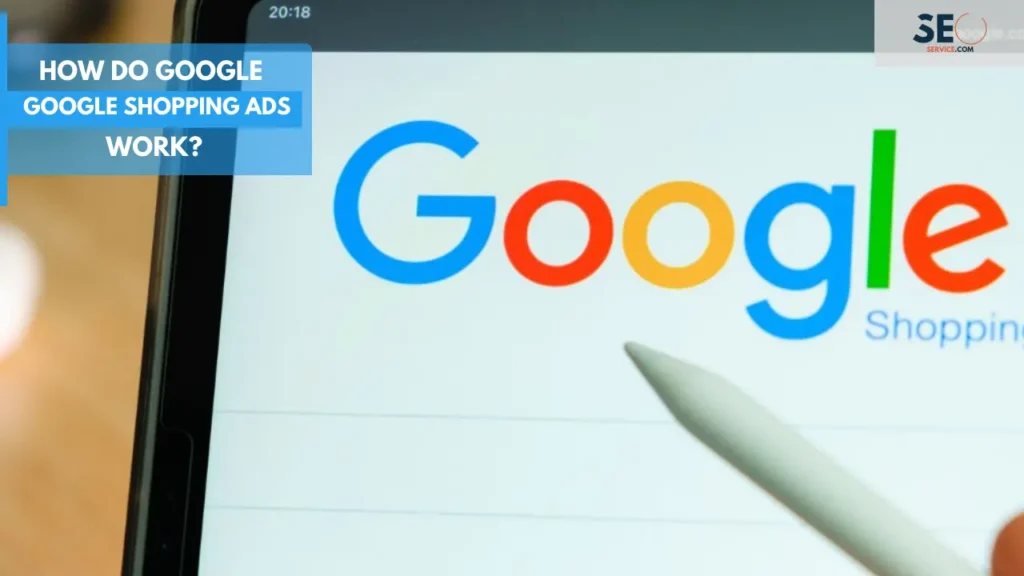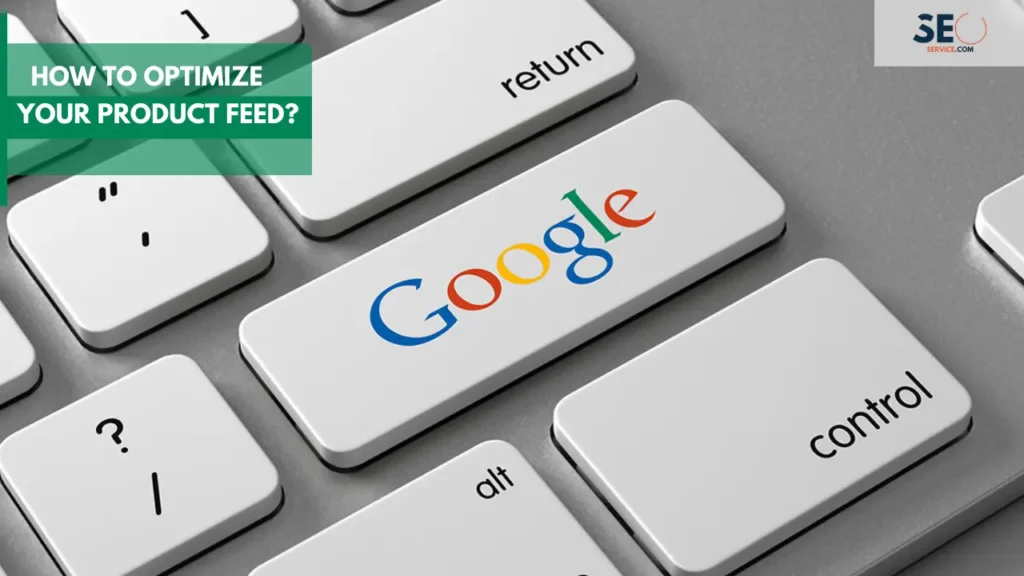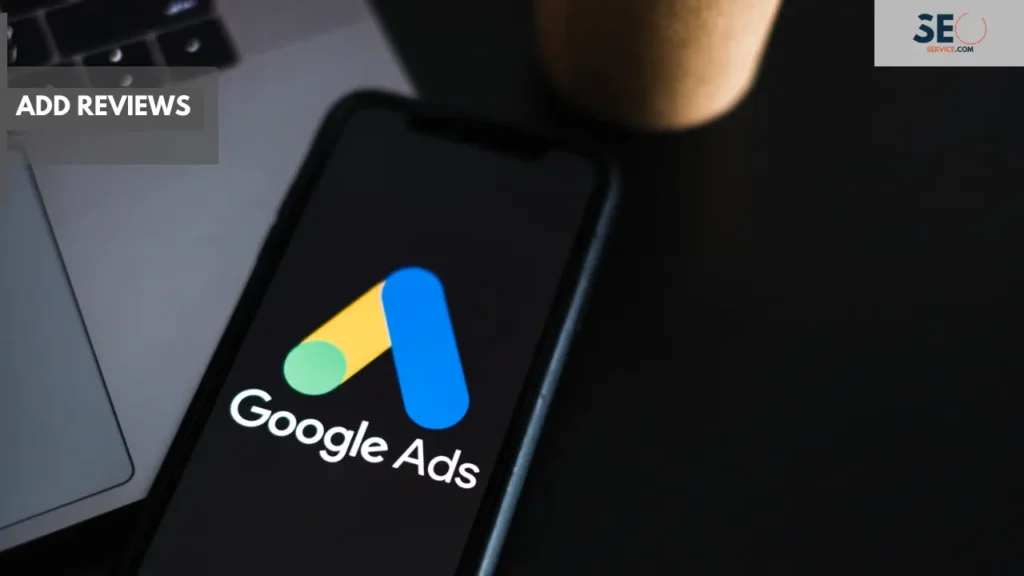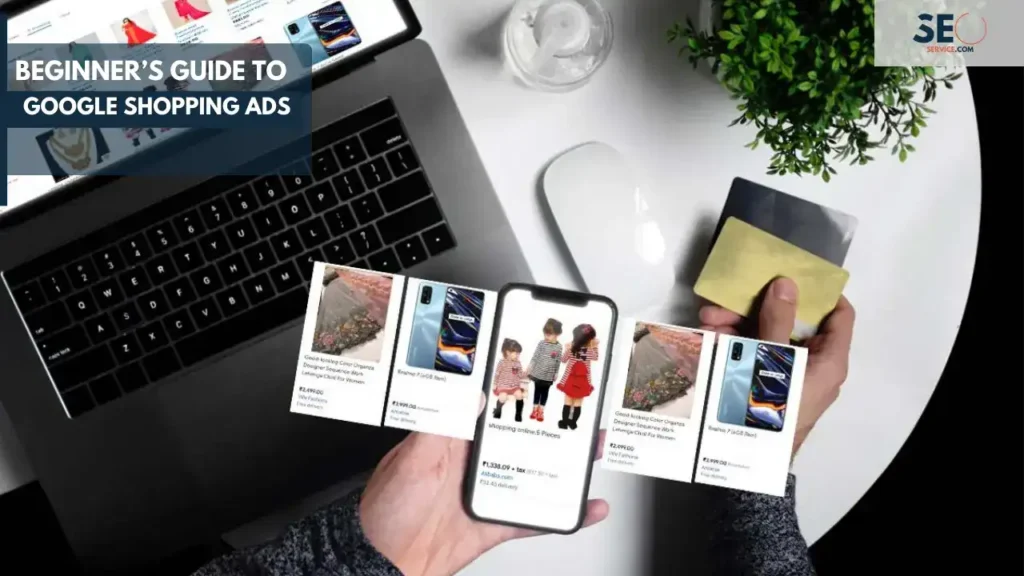Do you shop online?
Go back a few years and online shopping felt more like a special treat instead of the norm. Nowadays, over 79% of consumers in the U.S. shop online, not counting those who purchase online once in a while.
This is a major factor in why Google launched Shopping ads – to make it easy for these consumers to buy products and compare prices.
These help people gain more details about a product without sorting through the search results page. They’ll be able to see where they can buy it, how much it’s going for, etc. right away.
This is also helpful for merchants, as it’s another way to get more traffic and earn sales. If you’re interested in setting up Google Shopping ads, read on to find out what it is and how you can use it.
1. What are Google Shopping Ads or AdWords Shopping Ads?
Google Shopping Ads appear at the top of search results for products, offering clickable ads that lead directly to the retailer’s product page. Try looking up a specific product, such as “Bose Headphones,” and a series of ads from different retailers will appear at the top or at the top-right of the page. You may also find them under the Shopping tab.
These are clickable, leading you to the product page of the retailer’s website. The fact that they’re at the top of the SERP means your product will be the first thing they’ll see when they search for it. That is, of course, if you manage to get your product up there.
This makes shopping a little easier as you will be able to see right there and then how the product looks. The ads also come with the price and some more information, like “Free shipping” and ratings.
For these reasons, product listing ads now account for 63% of all paid search clicks as of Q4 2018.
2. How do Google Shopping Ads Work?

You use 2 platforms to manage Google Shopping Ads, Use Merchant Center and AdWords platforms for ad management. Ads are based on your product feed, with bidding at a product level.
In the Merchant Center, you upload your inventory and product feed. Google will then base their shopping ads on your product feed. This consists of products organized and arranged according to the Google Shopping format.
What happens next is you bid at a product level and not at keywords. AdWords takes care of that, as well as the optimization of your campaigns. This is where you’ll set your budget, gain insights, manage your bids, and more.
Shopping ads are different from text ads in a way that Google decides which queries will trigger your ads. To decide, Google will factor in your product feed and your bids. You won’t be able to choose keywords, although you’ll be able to add negatives keywords.
This is contrary to text ads, wherein you bid for keywords in search queries where you want your content to show up. Even the set-up is different from the usual pay-per-click advertising model. As such, optimizing for AdWords shopping ads is more akin to SEO strategies.
3. Setting Up Google Shopping Ads
To set up Google Shopping Ads, create accounts on Merchant Center and AdWords, link them, set up your shopping feed and create a shopping campaign.
To set up an account on Merchant Center, go to the website and click “Sign Up.” It will take you to a form asking for basic information, such as the name of your store, your website, and location.
Google Merchant Center will then ask you to verify your website domain. One way to do this is to download an HTML file from its website and then upload it to yours. Don’t rename it, and only upload it to your root folder.
The instructions will give you a link you’ll have to visit to confirm the upload. You’ll then send it for verification and claim the domain as your own. Don’t remove the HTML file after verification, you need it there to stay verified.
Next, create an AdWords account if you haven’t done so already. Go to its homepage, and click “Start Now.”
On the next pages, Google will ask you details about your business and your first campaign. Then, it will ask for your payment details.
Once you’ve set up an AdWords account, stay logged in to connect it to your Merchant Center account. Go to the Merchant Center website, click the 3 vertical dots at the corner and choose “Account Linking.”
Your AdWords account should appear; click “Link Account” to continue. You will create a Shopping campaign here later, where you’ll set your bid, networks, and location.
After you’ve completed the steps above, it’s time to set up your shopping feed. Look for the “Feeds” tab on the column at the left-hand side of your Merchant Center page.
Google will provide you with a spreadsheet for your products you’ll need to fill out. This is the manual method, but there are extensions and apps you can use that will do this for you. These services will pull data from your website and format it according to Google’s specifications.
4. How to Optimize Your Product Feed

Because you won’t be able to bid for keywords, your product feed will do most of the work. As such, you have to make sure you enter the right details.
Optimize your product feed by creating an engaging product title, detailed description, choosing high-quality images, selecting the right category and adding reviews.
Create an Engaging Product Title
An engaging product title is one that’s descriptive. It should include your keyword, which is the name of your product, and other attributes.
Think of what a user will search to get to your product to get an idea of which attributes to include. It could be the brand, color, material, size, gender, and model number.
You’ll have to make sure you place the most important information at the front. Google places more importance in this part of the product title.
You can’t put promotions in the product title, so you won’t be able to put “10% off,” for example. You can’t also use capitals if they’re unnecessary.
A great example of a good product title is “Nike Men’s Odyssey React Flyknit 2 Black/White Running Shoes.”
Optimize the Product Description
The next step is to put a description, which Google will use to determine which keywords are appropriate for the product. This is why it’s important even though it may not show up along with the other details on the SERP.
The key here is to be as specific as possible; the goal is to describe the product. It’s not that necessary to sound like a salesman while describing it as most buyers won’t read it anyways. Most of the time, only Google will read it, which is why it’s important also for it to contain keywords.
A good description will also include some of the product’s key features. This is also a good way to trigger some keywords as searchers will sometimes look for products with certain features.
Choose a Great Image

Humans prefer visual data over text, and so images will play a big role in enticing a buyer to buy your product. In fact, 93% of consumers use the visual appearance as a main deciding factor in purchasing.
For this, choose only a high-quality image that shows the product in a clear fashion. Use ample lighting and choose a model who looks like your ideal customer.
You should also use a white background. It doesn’t only remove unnecessary background noise, but it’s also a requirement of Google.
It’s also important to note that you can’t use watermarks and texts on the images. Logos are fine if they’re a part of the product itself. It also helps if your images remain safe for all ages to avoid suspension.
Select the Right Category
This is another determining factor in which keywords will trigger your products. It’s a way for the search engine to understand what is your product.
Selecting a category sounds easy, but you have over 5,400 categories and subcategories to choose from. You can only choose one, and you should be as specific as possible.
Let’s say you’re selling MP3 chargers, for which you’ll choose the MP3 Player Accessories category. The path will look like this: Electronics > Audio > Audio Accessories > MP3 Player Accessories (232) instead of only Electronics (222).
To help you with choosing the right category for your product, download Google’s taxonomy.
Add Reviews

Most consumers today rely too much on reviews to know whether a product is worth getting. If you have positive reviews, customers will more likely trust you even if you’re an unknown store or brand.
This is why it’s important to also add reviews on your AdWords shopping ads if you have any. They will appear as stars and review count in line with Google’s 5-star system. These ratings will come from merchants, editorial sites, third-party aggregators, and users, which Google will then compile.
Conclusion
Google Shopping ads are a great way to gain exposure and improve your conversion rates, but only if you do it right.
Make sure to follow the tips above to ensure Google will be able to show your products to your target consumers. If you need more tips or help on SEO, visit our blog and check out our other guides today.

